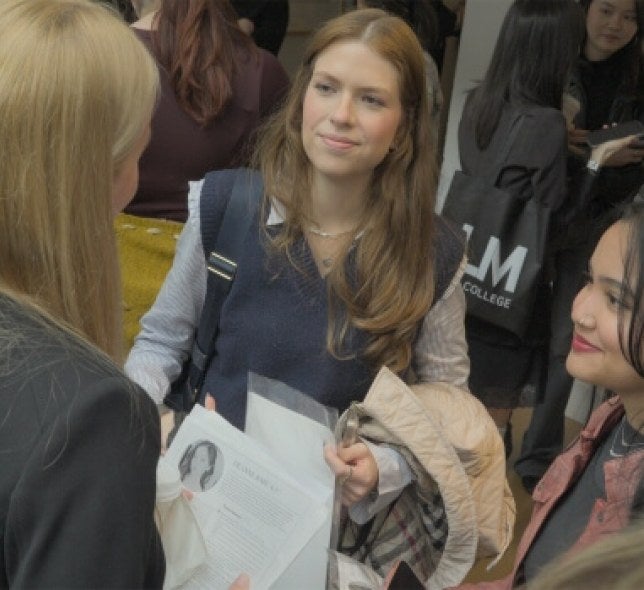Want a head start on using key terms and lingo? These eight phrases and buzzwords are what fashion buyers, marketers, and supply chain pros are tossing around right now.
- Drop Culture: This is the hype machine behind limited-edition releases. Brands tease a product, drop it fast, and watch it sell out in minutes. A great recent example is the limited-edition streetwear releases tied to the “College Core” trend—varsity jackets, rugby shirts, and crest knits dropped in timed capsules by brands like Supreme and Aimé Leon Dore.
- Endcap Strategy: Here's a major in-store consideration. Do you ever notice those eye-catching displays at the ends of aisles? That’s no accident. Endcaps are prime real estate for seasonal promos, impulse buys, or high-margin items—and smart retailers plan them like mini billboards.
- Planogram: A planogram is basically a blueprint for how products should be arranged on shelves. Retailers create these mainly by using specialized software—tools like JDA, Nexgen POG, or SmartDraw—that maps product placement and optimizes visual merchandising strategies based on sales data and brand goals. It’s all about maximizing visibility, guiding shopper behavior, and squeezing every ounce of value out of retail space.
- Circular Supply Chain: Sustainability isn’t just a virtue signal—it’s a business model. Circular supply chains focus on reuse, recycling, and resale, keeping products in play longer and reducing waste. It’s fashion with a conscience (and a strategy).
- RFID Tagging: Radio-frequency ID tags let brands track inventory in real time. It’s like GPS for clothes. From warehouse to checkout, RFID helps reduce shrinkage, improve accuracy, and streamline operations. These tags have been around since the 2000's, but they really took off in the last ten years or so, with retailers like Zara and Uniqlo relying heavily on RFID to reduce out-of-stock issues and improve customer experience.
- Ecosystem Design: Fashion isn’t just about selling clothes—it’s about building interconnected platforms. Ecosystem design means that a company is syncing retail, logistics, marketing, and tech into one seamless experience. Think of it as fashion’s operating system.
- Nearshoring: Instead of outsourcing production halfway across the globe, nearshoring brings manufacturing closer to home. It cuts lead times, lowers risk, and helps brands stay nimble—especially when trends move fast.
- De Minimis Compliance: This one’s especially relevant in the age of tariffs we’re living in. It refers to the threshold for import duties on essentially small—read inexpensive—cross-border shipments. In the U.S., the de minimis threshold has traditionally been $800, meaning shipments below that value could enter duty-free and without a ton of paperwork or surprise fees. While recent policy changes have significantly disrupted this business model, fashion business journals are certainly talking about it a lot these days (somewhat longingly).



